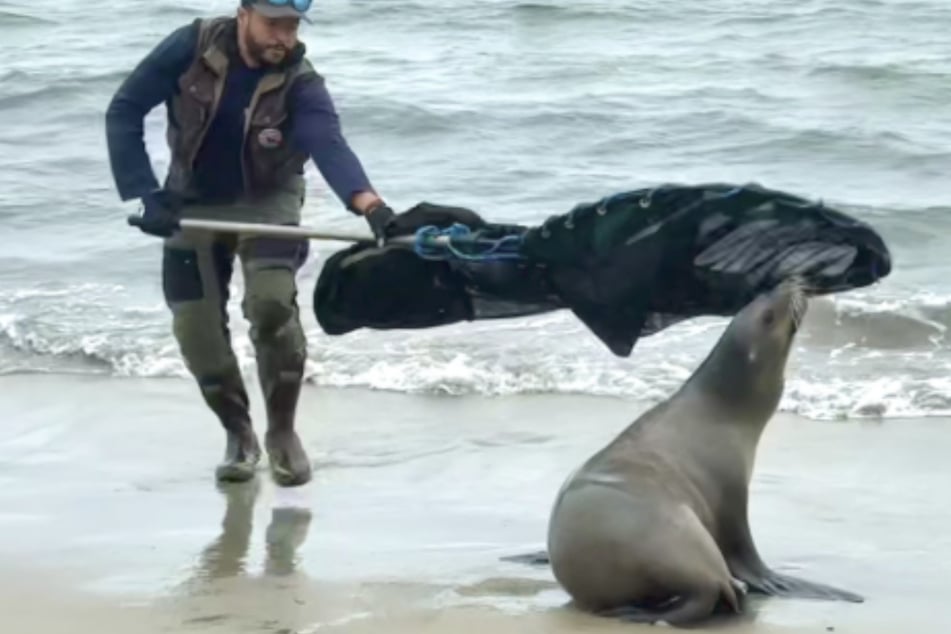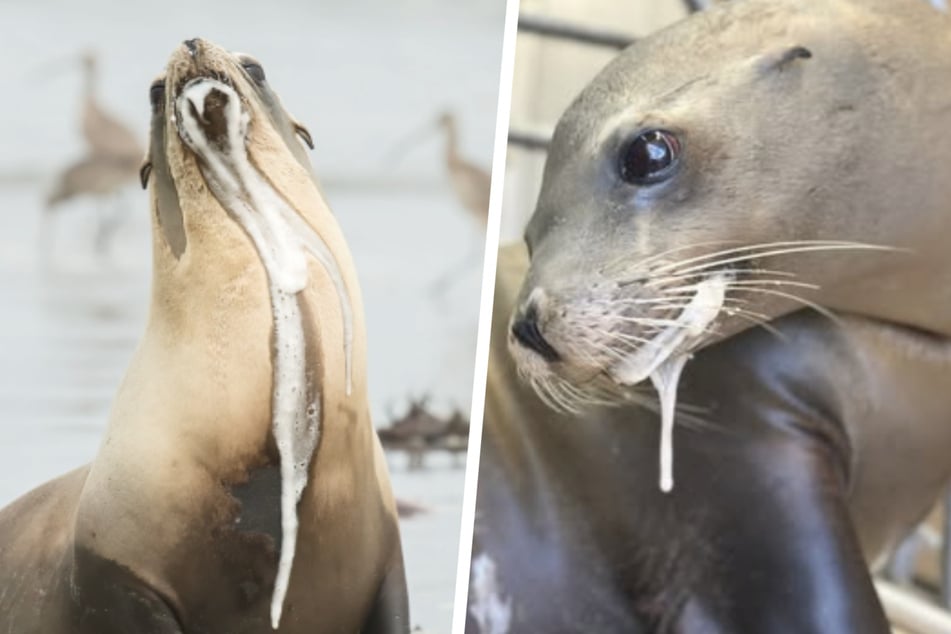More and more incidents on vacation beaches: poisoned sea lions attack humans
Los Angeles (USA) - Sea lions are normally peaceful towards humans and often only curious when a new creature suddenly swims in front of them. However, there has now been an increase in attacks off the coast of California - animal rights activists are sounding the alarm.

In a Facebook post , US-born Rj LaMendola reports on his frightening encounter with a sea lion off the south coast of California.
He has been surfing regularly off the coast for just over 20 years and says he knows the sea in this location like the back of his hand. But on this one day, everything was about to change.
About a month ago, he went into the water as he often does and let himself drift out to sea.
Just as he was about to ride his first wave, he was suddenly attacked. From the depths of the sea, a sea lion with bared teeth shot to the surface, attacked Rj, bit him and tore the surfer off his board.
The American managed to free himself from the animal and swim back towards the shore. His wetsuit was ripped open and he was bleeding. He wrote on Facebook: "The animal looked like it was possessed. It was wild, almost demonic."
The incident quickly made the rounds, as others suddenly reported similar sea lion attacks.
As marine biologists discovered, many of the animals suffer from "domoic acid poisoning" - a neurological disorder - triggered by the sudden bloom of a harmful type of algae.

Rescue organization runs out of space for sick animals

Sick animals all suffer from symptoms such as seizures and changes in temperament, but also a lack of excitability due to external influences.
For example, videos of sea lions lying on a beach, seemingly confused and only moving their heads, can be seen time and again on social media . Most animals also form a rabies-like froth in front of their mouths.
Without immediate treatment, poisoning is a death sentence for most animals.
Since February 20 of this year, the animal welfare organization"Marine Mammal Care Center" has already taken in over 200 sea lions.
If the animals are found and treated in time, they are given a 50 to 60 percent chance of recovery. However, the rescue center is slowly running out of space and medicine to care for the new arrivals.
During this time, beach visitors should keep a safe distance of 15 meters from the animals and alert the rescue team if they suspect an infection.